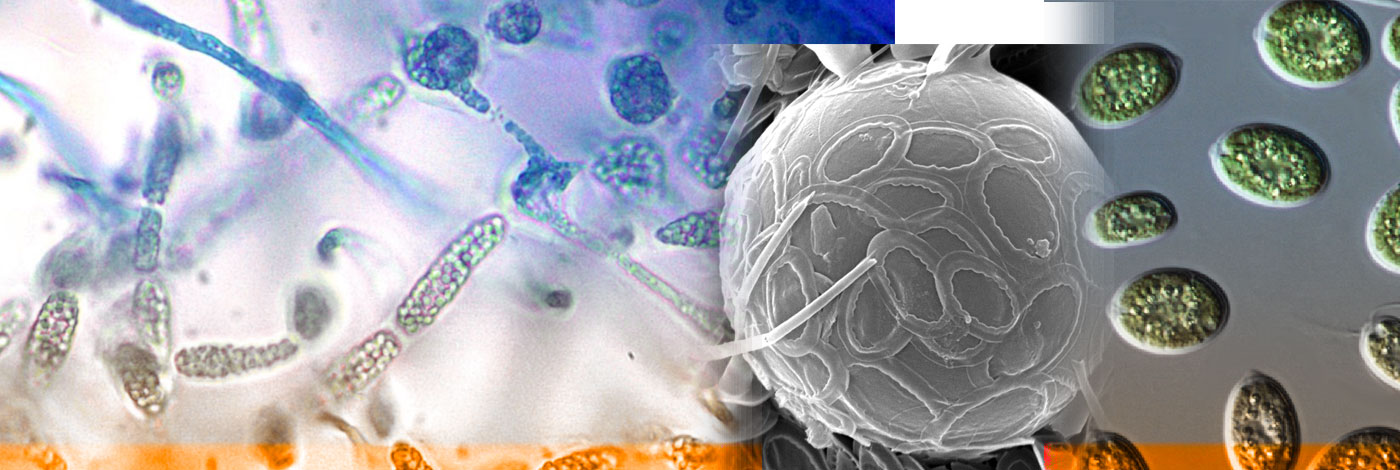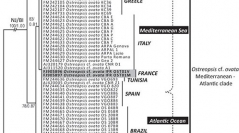

 Cryptogamie, Algologie
33 (2) - Pages 89-98
Cryptogamie, Algologie
33 (2) - Pages 89-98The presence of dinoflagellates of the genus Ostreopsis along Mediterranean coasts was first observed in 1972, in the bay of Villefranche-sur-Mer. However, over the past ten years, harmful events related to this benthic dinoflagellate have been reported in Italian, Spanish, Greek, French, Tunisian and Algerian coastal areas. In France, during a hot period in August 2006, cases of dermatitis and respiratory problems were registered in Marseille area. At that time, a link to the proliferation of Ostreopsis was highlighted for the first time in that area. A specific monitoring was designed and implemented in the summer 2007.
Two strains of Ostreopsis cf. ovata, collected in 2008 from Villefranche-sur-Mer and Morgiret coastal waters and grown in culture, were identified by molecular analysis and studied to characterise their growth and toxin profile. Liquid chromatography-mass spectrometry (LC-MS/MS) indicated that both strains produced ovatoxin-a (OVTX-a) as the major component (ca. 90), and traces of palytoxin (PLTX). Toxin content was determined at the end of the exponential growth phase with highest concentration of 55 pg.cell-1 of OVTX-a and 2.5 pg.cell-1 of PLTX.